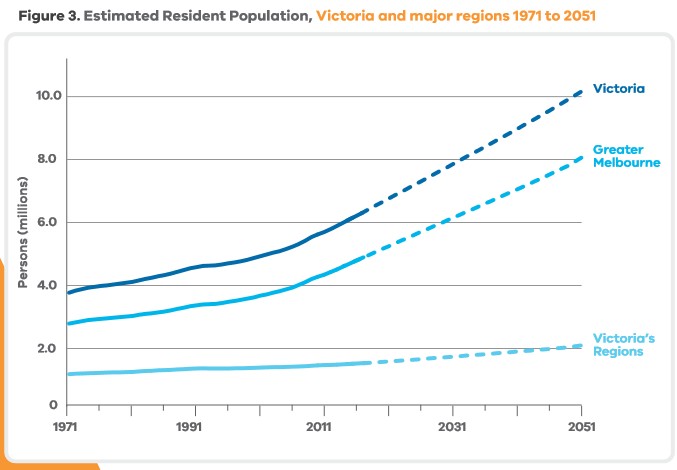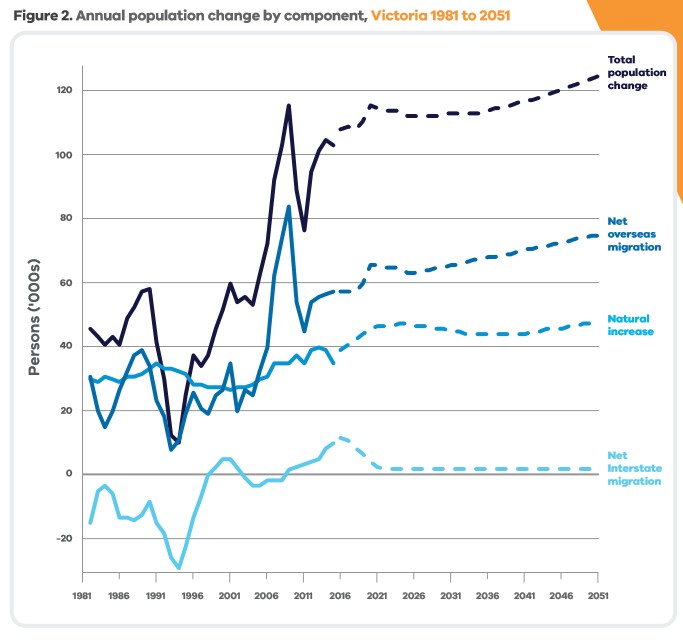A new study, entitled “The Missing Migrants”, has called for regional towns and centres to target international migrants as a “top priority” in a bid to stabilise or grow their populations and boost their economies. From The SMH:
“If more international migrants settled in regional Australia, our regional population would grow at the same pace or even faster than the capital cities,” the report said.
“International migrants make their most important contribution in small rural towns that are most at risk of population decline.”
CEO of the Regional Australia Institute Jack Archer said 100 small rural Australian communities either grew, or maintained a stable population, thanks to the settlement of international migrants in recent years…
“There’s a great opportunity to get groups of migrants to join these places and fill some jobs, and increase the size of the economy and create some more jobs. And I think underneath that it busts all those old rubbish stereotypes about regional areas.
“The key message is that we need to make international migration a much higher priority for regional areas.
“Migrants can offer population stability and build diversity in these local communities as they are young, skilled and ambitious.”
The biggest problem with Australia’s ‘Big Australia’ immigration program is that it is flooding the big cities with people each and every year, while regional cities and towns flounder.
Moreover, official projections predict more of the same.
For example, the Victorian Government’s latest population projections expects Victoria’s population to increase by 114,000 each and every year to 10.1 million by 2051, with almost all of this growth occurring in the Greater Melbourne region, whose population is projected to reach 8 million by 2051 (see below chart).

And the lion’s share of this population growth is projected to come from net overseas migration:

Blind Freddy can see that such projections, if they were to arrive, would devastate living standards in Melbourne, with residents likely to face crippling congestion, deteriorating housing affordability (and lower quality housing), and overall less amenity.
If immigration could somehow be both curbed and shifted to the regions, then it poses a win-win for both city and rural folk alike.
The main issue is how to force immigration away from the cities and towards the regions?
We have already seen regional areas import large numbers of GPs, only to see them then move to the cities once their mandatory times of service are up, leading to a huge surplus of city doctors and a blow-out in costs for Medicare (read here).
One solution would be to cap the overall immigration intake, channel it to regional areas, and only grant permanent residency once a mandatory long term – say 10 years – has been served in the regions. By this time, you would hope that many migrants would have laid down roots and would be less likely to then shift to the already crowded cities.

